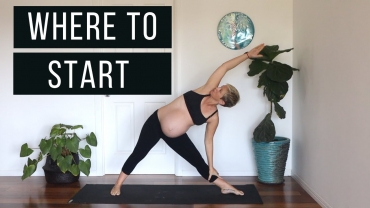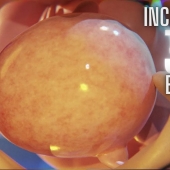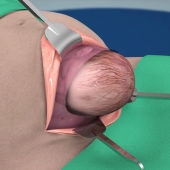The most prominent sign of labour are the strong contractile waves that move the infant down the birth canal. The distress levels reported by labouring women vary widely. They appear to be influenced by fear and anxiety levels, experience with prior childbirth, cultural ideas of childbirth and pain, mobility during labour and the support given during labour.
The first stage: The first stage is usually the longest. It can last for twenty hours, and occasionally even longer.
The second stage: It starts when your cervix is fully dilated and ends with the birth of your baby.
The third stage: This stage of labour includes the delivery of the placenta and membranes, and the control of bleeding.
Humans are bipedal with an erect stance. The erect posture causes the weight of the abdominal contents to thrust on the pelvic floor, a complex structure which must not only support this weight but allow three channels to pass through it: the urethra, the vagina and the rectum. The infant's head and shoulders must go through a specific sequence of maneuvers in order to pass through the ring of the mother's pelvis.
- 7190 views













